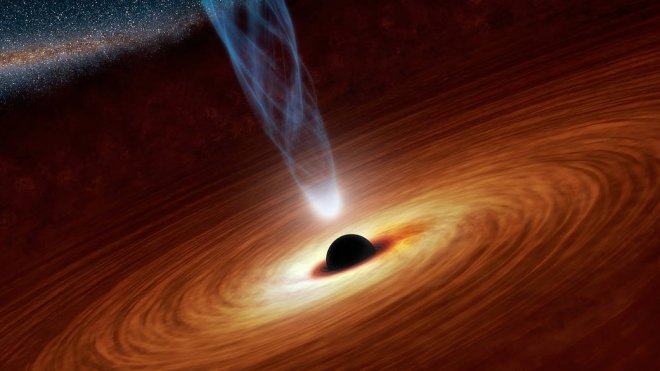
Astronomers have found 2 massive galaxies which had formed millions of years after the Big Bang.
The South Pole Telescope at NSF's Amundsen-Scott South Pole Station in Antarctica and the Atacama Large Millimeter/ submillimeter Array (ALMA) radio telescope in the Chilean Andes have found the two massive galaxies which were star-filled during the formation stage of the Universe.
Astronomers had earlier believed that the first galaxies were formed just a few hundred million years after the Big Bang.
They were earlier believed to be smaller than the Milky Way galaxy which might have evolved into larger galaxies in the Universe.
However, the theories based on the latest observations state that these massive galaxies had been formed when the Universe was just 780 million years old.
ALMA had also found that these galaxies were present near a massive halo of dark matter which had been several trillion times more massive than the Sun. The discovery could be helpful in understanding the emergence of large galaxies and the roles of dark matter to organize them.
Dan Marrone, an associate professor of astronomy at the University of Arizona in Tucson who led the research said, "With these exquisite ALMA observations, astronomers are seeing the most massive galaxy known in the first billion years of the Universe in the process of assembling itself."
According to the paper published in the journal Nature, the observations were made using the rays which had emitted during the galactic origin time. Cold Hydrogen gas was present in the intergalactic space during the period of cosmic history known as Epoch of Reionization. The hydrogen gas ionizes between galaxies emitting rays which reveal the universe as scientists see it.
ALMA observed two galaxies in proximity which had lesser distance than the distance between the Earth and the center of our galaxy. The two galaxies are believed to be merging to form the largest galaxy observed in the Epoch of Reionization.
The newly found galaxies are collectively named as SPT0311-58. They are forming stars at a rate of 2,900 solar masses per year. It has 270 billion times the mass of the Earth's Sun while its dust has 3 billion times the mass of the Sun.









